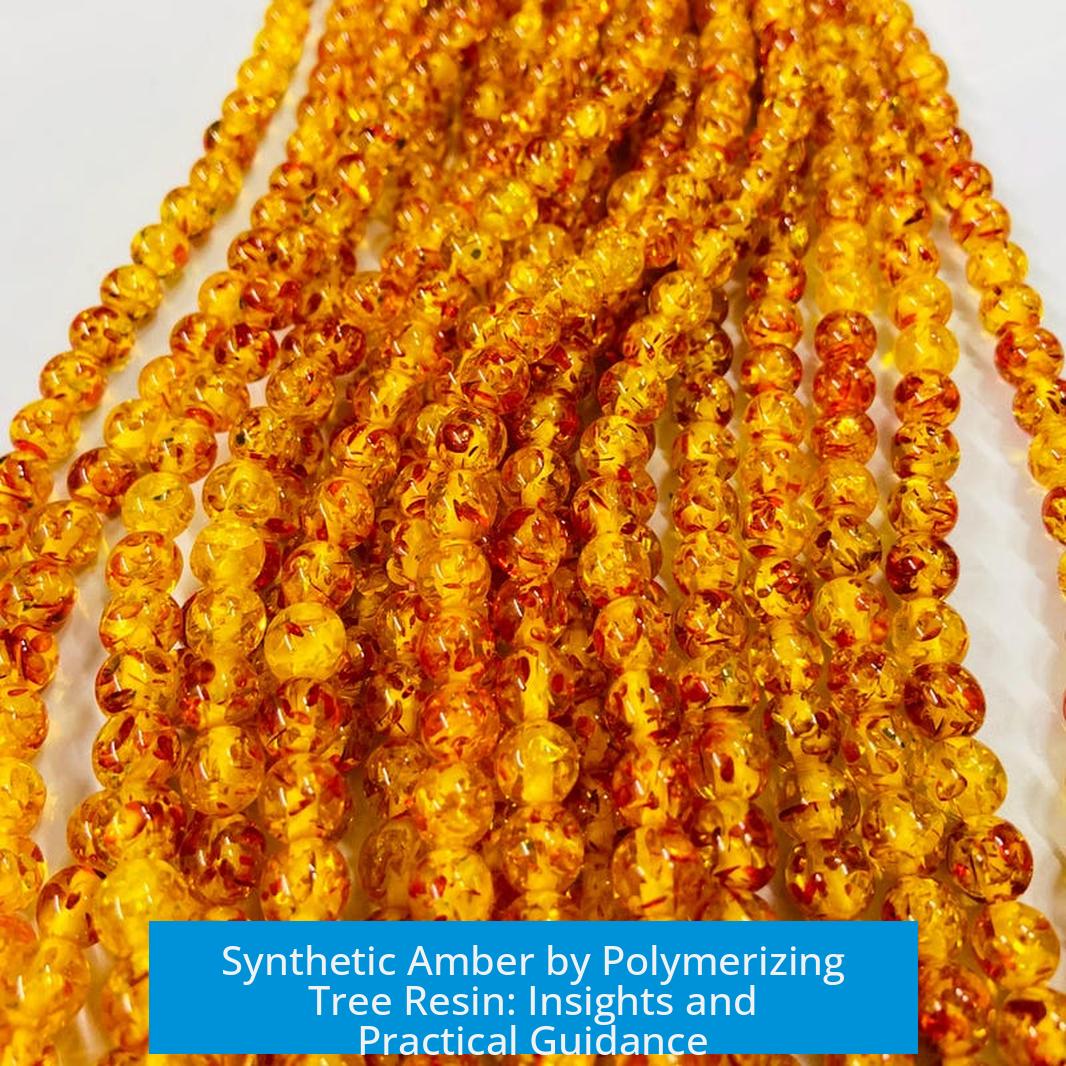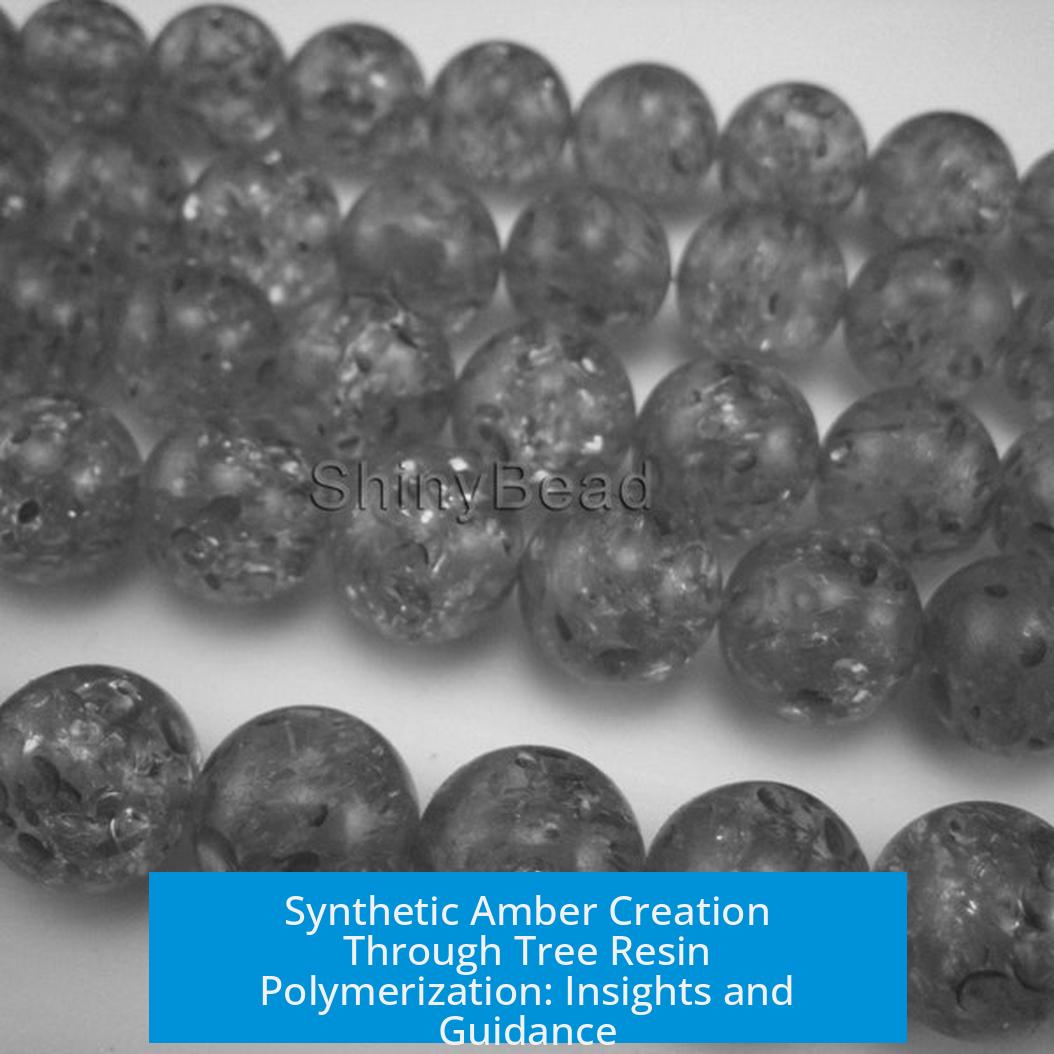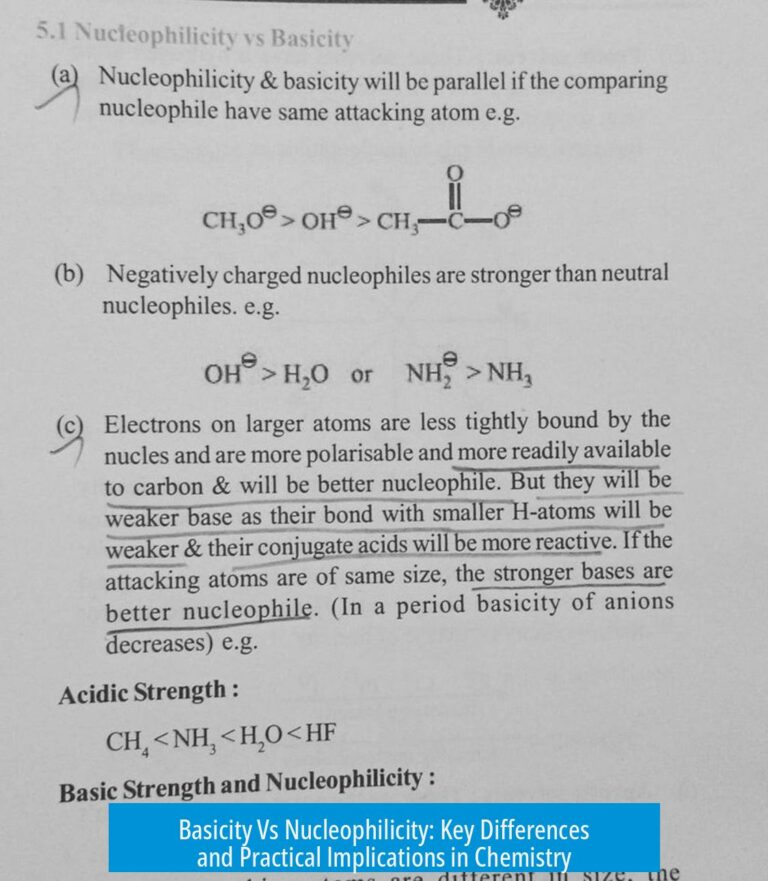Synthetic Amber by Polymerizing Tree Resin: Insights and Practical Guidance

Synthesizing amber by polymerizing tree resin requires precise conditions and careful chemical understanding. It involves transforming resin acids under heat and pressure, challenging to replicate outside specialized labs. Attempts using simple heating and drying agents often fail to produce true amber-like polymers.
Understanding Natural Resin Composition
Natural pine resin is complex and primarily composed of resin acids—not terpenes as commonly assumed. Terpenes are volatile, liquid compounds that evaporate easily, especially at elevated temperatures around 100°C. Commercial resin products, like rosin, contain even fewer terpenes. This distinction is crucial because polymerization efforts should target resin acids instead of terpenes.
- Terpenes: Volatile, evaporate near 100°C, little presence in commercial resin.
- Resin acids (e.g., abietic acid): Solid components dominating pine resin and rosin.
Common Experimental Approach: Heating Resin with Linseed Oil
One practical method involves melting pine resin and mixing it with boiled linseed oil (about 25% by resin mass), heating to 100°C for an hour. The idea is that drying agents in the linseed oil might initiate polymerization by acting on double bonds. Alternatively, radical intermediates from linseed oil might co-polymerize with resin components.
This approach essentially produces a mixture where linseed oil dissolves some resin components but fails to achieve true polymerization. The low temperature and limited reaction time are insufficient for forming stable polymer networks akin to amber.
Reaction Chemistry Between Resin and Linseed Oil
Heating linseed oil with resin acids primarily causes trans-esterification reactions. Resin acids can swap onto the glycerol backbone of linseed oil. Traditionally, this reaction uses an inverted ratio (approximately 25% rosin, 75% linseed oil) and catalysts like wood ash, with prolonged boiling to form varnishes.
| Reaction Condition | Resulting Product |
|---|---|
| Heating ~100°C for 1 hour, 25% rosin + 75% linseed oil (no catalyst) | Partial dissolution, no strong polymer network |
| Prolonged boiling with wood ash catalyst | Varnish: hard, glossy coating after air curing |
At insufficient heat or without catalysts, resin merely dissolves into the oil, not forming amber-like solid polymers. The resulting materials resemble varnishes more than fossilized amber.
Limitations of Using Drying Agents (Siccatives)
Siccatives or drying agents promote oxygen bridging between double bonds in oils. However, oxygen diffusion is involved, making these reactions effective only on thin films or surfaces rather than in bulk. Amber formation does not rely on these oxygen bridges but on polymerization and crosslinking under high heat and pressure.
- Siccatives cause surface-level curing, unsuitable for bulk polymerization.
- Amber polymerization requires deeper structural changes beyond oxygen bridges.
Heat and Pressure Requirements for Genuine Polymerization
True conversion of resin acids into solid, amber-like polymers involves both elevated temperature and pressure. Laboratory autoclaves are typically necessary to mimic conditions under which natural fossilization occurs. Such equipment presses and heats resin for extended periods, inducing polymer networks that resemble amber’s mechanical and optical properties.
This process is challenging due to:
- Necessity of high-pressure vessels (autoclaves or similar setups).
- Long reaction times and precise temperature control.
- Safety challenges with heated, pressurized organic materials.
Due to these constraints, replicating amber’s quality outside professional laboratories is impractical.
Practical Considerations and Alternative Approaches
Attempts to synthesize amber at home or in simple labs rarely succeed. The structure and durability of natural amber result from millions of years of polymerization and fossilization under specific geochemical conditions.
For aesthetic or craft purposes, using commercial synthetic resins combined with pigments is a more effective method to produce amber-like materials:
- Polyester or epoxy resins mimic amber’s transparency and color.
- Organic peroxide catalysts (e.g., polyester resin catalysts similar to benzoyl peroxide) initiate curing.
- These materials cure at ambient or slightly elevated temperatures without complicated setups.
This process yields stable, visually resembling amber with far less complexity and greater safety.
Physical Characteristics of Linseed Oil-Resin Mixtures
Linseed oil combined with resin acids can yield a putty-like material with intermediate hardness. This is due to partial trans-esterification and slow curing upon exposure to air. While not actual amber, these putties may serve as adhesives or surface coatings. The mechanical properties depend on proportions, curing time, and temperature.
Properties include:
- Sticky or malleable when freshly mixed.
- Hardens upon drying but remains softer than amber.
- Potential use as varnish or putty rather than gemstone substitute.
Summary of Key Insights
- Natural resin mostly contains resin acids, not terpenes; target resin acids for polymerization.
- Heating pine resin with linseed oil at 100°C mainly causes dissolution or trans-esterification, not amber polymerization.
- Siccatives promote surface curing, ineffective for bulk amber-like polymer formation.
- High heat and pressure under controlled conditions are required to form amber-like polymers.
- Specialized equipment (autoclaves) is necessary, limiting home experimentation.
- Using commercial synthetic resins with organic peroxide catalysts is a practical alternative to mimic amber.
- Linseed oil-resin putties have limited use as coatings or adhesives, not as true amber.
What safety measures are crucial when polymerizing tree resin to make synthetic amber?
You must use good ventilation and proper lab equipment. Avoid trying the process at home without safety gear. Many reactions release fumes that need to be vented properly.
Can heating pine resin with linseed oil produce synthetic amber?
Heating pine resin with linseed oil mainly causes trans-esterification, forming a varnish-like material. Temperatures around 100°C are too low to create amber polymers because terpenes evaporate and resin acids dominate.
Why are siccatives not effective for making bulk synthetic amber?
Siccatives create oxygen bridges by air diffusion, which only works on surface films. Amber forms through polymerization of resin acids under heat and pressure, not by siccatives acting on double bonds in bulk.
What conditions are required to polymerize resin acids into amber-like polymers?
Polymerizing resin acids needs high heat and pressure, usually in an autoclave. This process is complex and unsafe for home use. Simple heating or drying agents won’t produce true synthetic amber.
Is making synthetic amber practical compared to using commercial resins?
Making synthetic amber at home is impractical and unlikely to match natural amber. Buying synthetic resins and pigments to imitate amber’s look is more effective and safer.





Leave a Comment